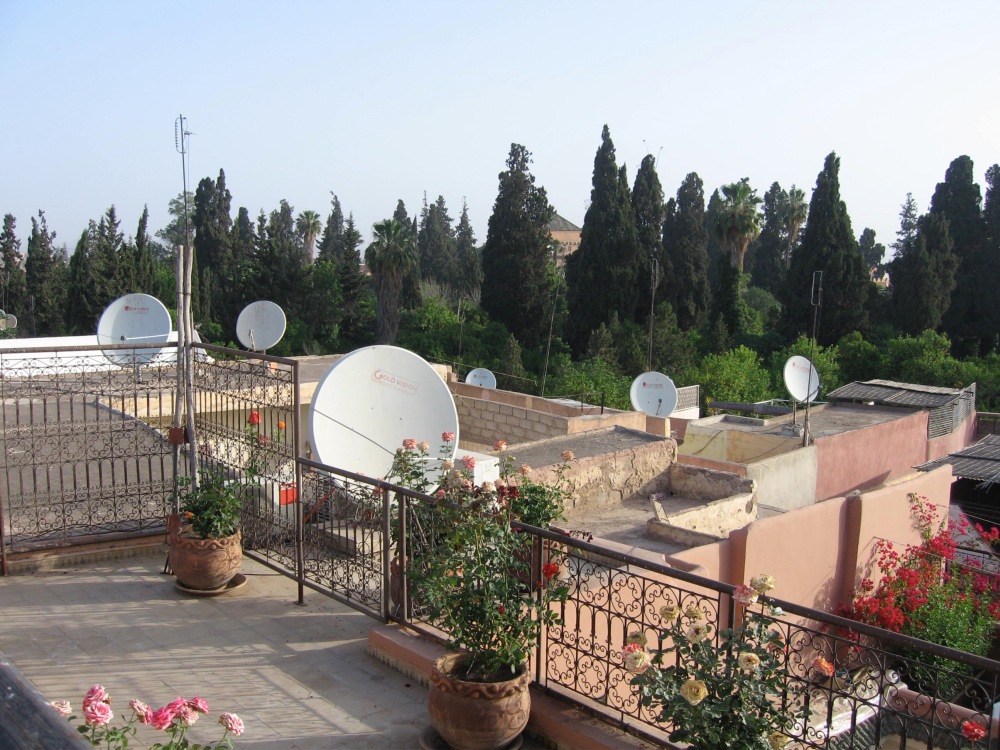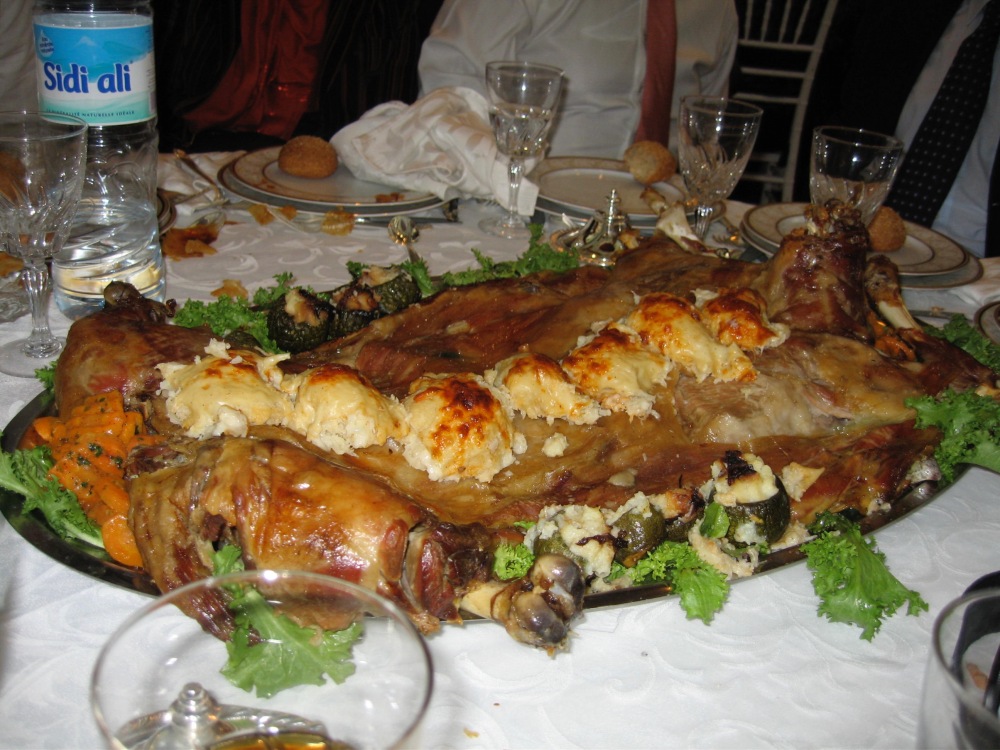
This was my first international trip with my dear friend, Anju. I was invited by one of my colleague for his wedding in Rabat so we planned our trip to include other areas of interest in Morocco (Marrakech, Rabat, Casablanca).
Morocco’s heartland is dominated as much by cities centered around medieval medinas as by modern highways, railroads and cutting-edge agricultural techniques to harvest its impossibly fertile central valley. When visiting Morocco, it will become clear how the Europeans affected Moroccan’s way of life and institutions. Today French is recognized as the official language of businesses, government, and international relations in Morocco. In the northern part of the country, Spanish is also common.
Our travel itinerary: Morocco Itinerary
Upon arrival at Casablanca airport we were greeted by a pleasant security officer whose first question to us “Did you watch the Indian movie Dilwale Dulhaniya Le Jayenge”? I mean… really!!! which bollywood fan has not watched DDLJ, but how would the poor chap know that 🙂
We had decided to take the train from Casa to Marakkech. We had to go to the basement of the airport where the airport train station is situated and purchased two tickets. The first takes you to the local city Train station of Casa Voyageurs (central station). The second takes you onward to Marrakech. You can buy a first class ticket for comfort and the price difference is minimal. With a first class ticket you can get an actual seat reservation which is nice if you want a window seat since the landscape is wonderful!


Upon arrival in Marrakech we checked into “Riad Dar Silsila”… where you will feel at home. A Riad is a traditional house in Morocco. The name comes from the Arab word ‘ryad’ – garden. It is characterized by having an inner courtyard or a garden as the central element of the building. Following the Islamic idea of privacy and inward reflection, a riad doesn’t usually have large windows facing the outside. Instead, rooms in a riad will have windows facing the opened-ceiling inner courtyard/garden. Staying in a riad is definitely something you have to do when traveling to Morocco. Marrakech’s riads are historic, atmospheric and, if selected wisely, provides some of the best-value places to stay in this magical city.



















Post lunch and a nap we walked towards the market area. The moment you arrive in the central Jemma e-Fnaa square, Marrakech’s open-air market (or souk) you will find yourself surrounded by people selling spices, vegetables, jewellery along with snake charmers etc… The massive night market with all the tajine, couscous and fresh Moroccan mint tea is exactly what you might expect Morocco to be.


The next day we visited Jardine Majorelle garden. The garden was made in the 1920s by the French painter Jacques Majorelle, with marble pools, raised pathways, banana trees, groves of bamboo, coconut palms and bougainvilleas. Since the garden is designed by a painter, the landscape is composed and coloured like a painting. Many of the built features are painted in a dark blue (‘Majorelle Blue’) which works very well with the soil, climate and plants. Water is an important feature of the garden – there are channels, lily-filled ponds and fountains. Majorelle was an avid plant collector. After years of neglect, the garden was then taken over and restored by the fashion designer Yves Saint Laurent and his partner Pierre Berge.






Post lunch we strolled around the souk area. Located in the heart of Marakkech filling the alleys are tiny shops that line up both sides of a narrow aisle. The sheer number of shops is overwhelming. Every section of the souk has its own specialty, with alleys devoted to everything from spices, jewellery, clothing, groceries etc…
Later that evening our riad manager suggested we dine at Al Fassia and made all the arrangements for us to have a good dining experience. The dining room at the Al Fassia is elegantly done up in rich tones, set off by crisp white cloths. I was completely in awe of the Moroccan service staff (really strong women I must say) who carried these huge platters of couscous, tagine etc…; with such grace and ease. Their service is highly commendable!


Post dinner we left for Comptoir Darna which is an important nightlife attraction in Marrakech. It is “THE” place in the city where every night is party night.






A visit to the local hammam is a must while in Marakkech. Hammam is a bathing ritual that has its origins over a thousand years ago in Rome and is still found today in Morocco as well as Turkey and Spain. This detoxifying body treatment brings the whole body to a state of balance and well-being and leaves you feeling just AWESOME!

The following day we took the train from Marakkech to Rabat. We met this lovely young Moroccan college student who kept us entertained throughout our long train journey.
At Rabat we checked in to the Hilton Hotel (images below) which was also the venue of the wedding.










The following day we booked a car through the hotel to tour this quite and relaxed city. We visited Mausoleum of Mohamed V & the Hassan Tower followed by a walk around old town. The Mousoleum contains tombs of the Moroccan king and his sons, late King Hassan II and Prince Abdallah.










Casablanca: There is not much to do or see in Casablanca so we just drove past the Hassan II mosque, had dinner and shopped for some leather goods the following day.



